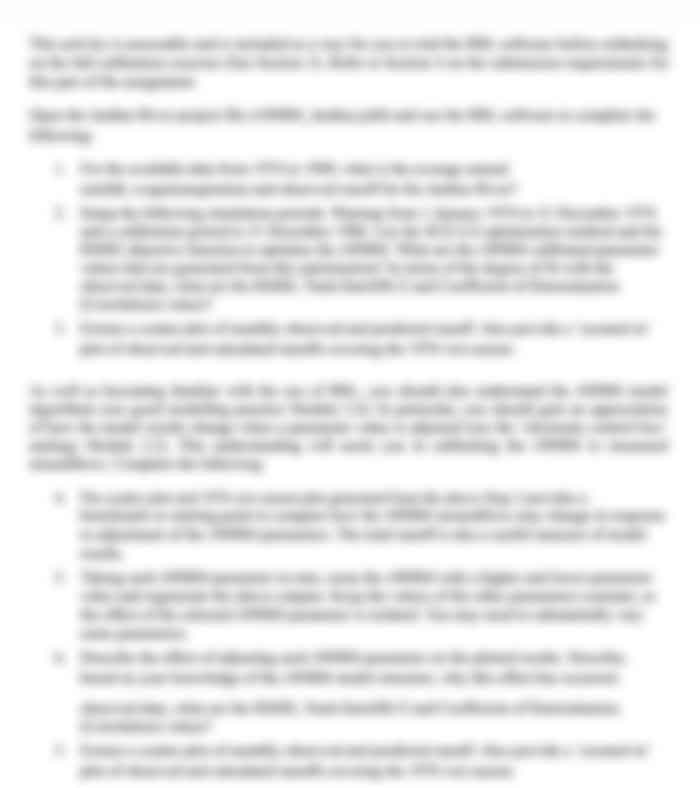Develop an audit and recommendations for brand report
- Subject Code :
7MK504
- Country :
Australia
Description of the Assessment
Students will provide an individual consultancy report which covers both theoretical understanding of marketing communications supported by practical application of the theories including the development of an audit and recommendations. The coursework is based around a marketing communications audit and recommendations on improving the marketing communications effectiveness to leverage brand image of an organisation through the creation of a marketing communications strategy and plan.
For the assignment students should select ONE of the rubrics below:
-
A British luxury brand (in any sector)
-
A mass-market brand (from any country or region you are familiar with)
Students are required to research their chosen case study and to critically investigate, analyse and apply key concepts. Furthermore, the students recommendations should constructively align and respond to changes identified in the macro-environment.
Students should demonstrate academic theory, use of marketing communications models and evaluation, rather than description and anecdotal stories.
The reading list provides guidance on relevant material. E-submission information
Marketing Communications Situational/Environmental Audit (30% weighting)
The marketing communications audit is a picture of where the organisation is in relation to competitors and the environment in which it operates (where are we now?) It is based on research: this is used to inform future decisions and should be supported by academic literature.
SWOT and/or Porters Five Forces on the organisations current use of marketing communications, and changes in the macro-environment.
Evaluation (advantages and disadvantages) of at least one main competitors use of marketing communications. Identification of two key customer groups and development of potential new markets/customer segments.
The marketing communications audit is likely to include a range of marketing communications tools, frameworks and models.
Marketing Communications Strategy (30% weighting)
The marketing communications strategy is the next stage in the plan
(
where do we want to be?)
.
It is based on the marketing communications audit.
This will include:
TOWS matrix and commentary on the analysis.
Recommended marketing communications strategy based on the audit and TOWS. Your SMART objectives.
The marketing communications strategy is likely to include a marketing communications model (e.g. RACE, Forrester's 5Is, Lauterborns 4Cs, the Ten Cs of marketing or the 6Cs of customer motivation) and should be supported by academic underpinning.
Marketing Communications Plan (30% weighting)
The plan shows how the strategy will be achieved and is based on the strategy and objectives (how are we going to get there?)
This will include:
-
Key objectives of the plan
An outline tactical plan, outlining the full integrated communications plan.
The value proposition should be explicitly discussed (creative process, appeals and execution, tone of voice and clear statement into the strategic benefits and attributes)
Print Advert: to be included into the appendices (10% weighting)
All students should submit one print advert within their appendices, taking into account the three previous sections. Recommended platform: Canva but any creative platform can be used.
You must state clearly the creative platform you use. This should be fully annotated clearly detailing the central proposition for the advert (what you want the audience to believe), the range of advertising appeals used (rational
/emotional) and the effect you want to achieve (e.g. behavioural change, change in purchasing habits, increase brand awareness)

